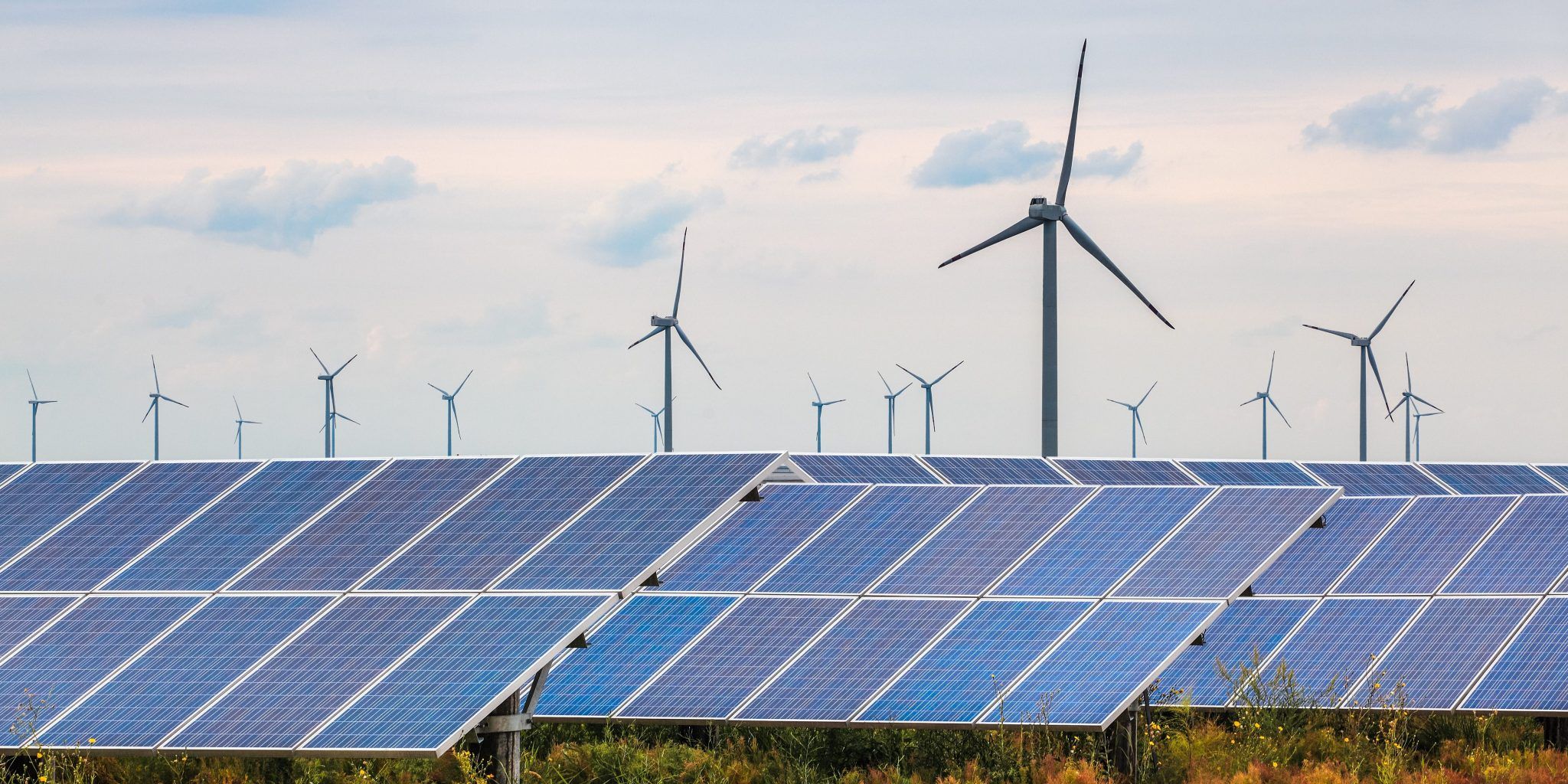Indonesia has been committed to achieving Net Zero Emission (NZE) by 2060 or earlier. To achieve this target, a transition away from fossil fuels towards green energy is necessary. Indonesia is blasted with huge potential for renewable energy sources of more than 3,000 GigaWatts (GW), mostly comprising solar and wind (IRENA, 2022). Nevertheless, despite this potential, the shift towards green energy has been slow. Fossil fuels still dominate Indonesia’s energy consumption, with coal accounting for 40.46% of the total primary energy supply (ESDM, 2024). Indonesia National Energy Council (Dewan Energi Nasional/DEN) reported that Indonesia’s installed renewable energy capacity only reached 13.09% of the total primary energy supply in 2023. While the country has made commendable progress in renewable energy development, it has not reached the speed and scale required to achieve national targets. Climate Diplomacy
Some challenges hinder Indonesia’s energy transition. The lack of investment, technical capacity, and inconsistent policies are often cited as Indonesia’s main obstacles to energy transition (Mongabay, 2024). In the investment sector, for instance, IESR (2024) estimates that Indonesia will require approximately 30-40 billion USD in annual investment for the development of renewable energy infrastructures by 2050. During the G20 Indonesia presidency in 2022, Indonesia secured 20 billion in funding through the Just Energy Transition Partnership (JETP). However, the amount of scale and investment from the JETP is insufficient to meet Indonesia’s needs for energy transition. In this context, Indonesia needs to foster further international cooperation, particularly with countries in the Global South, for its energy transition projects.
China is an exemplary case for energy transition. In 2020, China was committed to achieving peak carbon emissions before 2030 and carbon neutrality before 2060 (The Guardian, 2020). Since then, China has invested significantly in various renewable technology developments, wind and solar power capacity, green hydrogen, and geothermal projects (Yale Environment 360, 2024). By 2023, its renewables share reached around 50% of the total installed capacity (Reuters, 2023). Global Energy Monitor (GEM) states that China is currently leading global renewable energy development with a capacity of 339 GW in construction, almost two-thirds of the world’s utility-scale solar and wind power in construction. In addition, Chinese enterprises are also expanding overseas investment in renewable projects, amounting to USD 7.9 billion, mainly in Belt and Road Initiative (BRI) recipient countries (Green FDC, 2024).
As a global pressing issue, the urgency of mitigating climate change calls for stronger cooperation between nations. Historically, Indonesia and China have maintained a mutually beneficial economic relationship while collaboratively navigating complex global challenges, including in the energy sector (Wibowo, 2019). Together, the two countries can foster collaboration to increase technological capacity and invest in clean energy and green economy development. Indonesia can learn from China how to move away from fossil fuel reliance, while China can fill the gap in Indonesia’s need for investment and capacity building for renewable energy.
In recent years, the relationship between Indonesia and China has become stronger. In 2023, China’s total investment in Indonesia was the second largest, reaching USD 7.4 billion (BPS, 2023). Indonesia also ranked as the third-largest recipient of BRI investment among all BRI countries. China’s Foreign Direct Investment (FDI) under the BRI framework from 2014 to 2022 is estimated to be around USD 29.55 billion, in which a quarter of this investment went to the energy sector (American Enterprise Institute, 2023). Despite stronger ties between the two countries, cooperation between Indonesia and China also faces some challenges, such as the negative public perception towards Chinese investments in Indonesia (ISEAS–Yusof Ishak Institute, 2023). Therefore, it is crucial that Indonesia’s climate diplomacy prioritizes public transparency and inclusivity.
Under the new Prabowo administration, Indonesia aims to achieve energy self-sufficiency through green energy. From his state visits in recent weeks, Prabowo also seems to be strongly committed to pursuing International cooperation to realize this target. During his first state visit to China, for example, Indonesia and China agreed to strengthen bilateral relations in the sustainable energy sector (Tempo, 2024). Furthermore, through his foreign minister, Indonesia also expressed its desire to join the BRICS (Brazil, Russia, India, China, and South Africa) group of major emerging economies to support Prabowo’s main programs, such as energy security (Reuters, 2024). This engagement shows how willing Indonesia is under Prabowo to reinforce cooperation with the Global South Countries.
In 2025, Indonesia and China will celebrate 75 years of diplomatic relations. This robust and long-standing relationship between the two nations is built on the spirit of South-South cooperation–a unified endeavor from developing countries in the Global South towards a common goal. The spirit of South-South cooperation must be based on the principles of mutual respect, equality, and independence. In the context of the energy transition, this spirit could be brought towards achieving low-carbon development for the betterment of the two countries.


